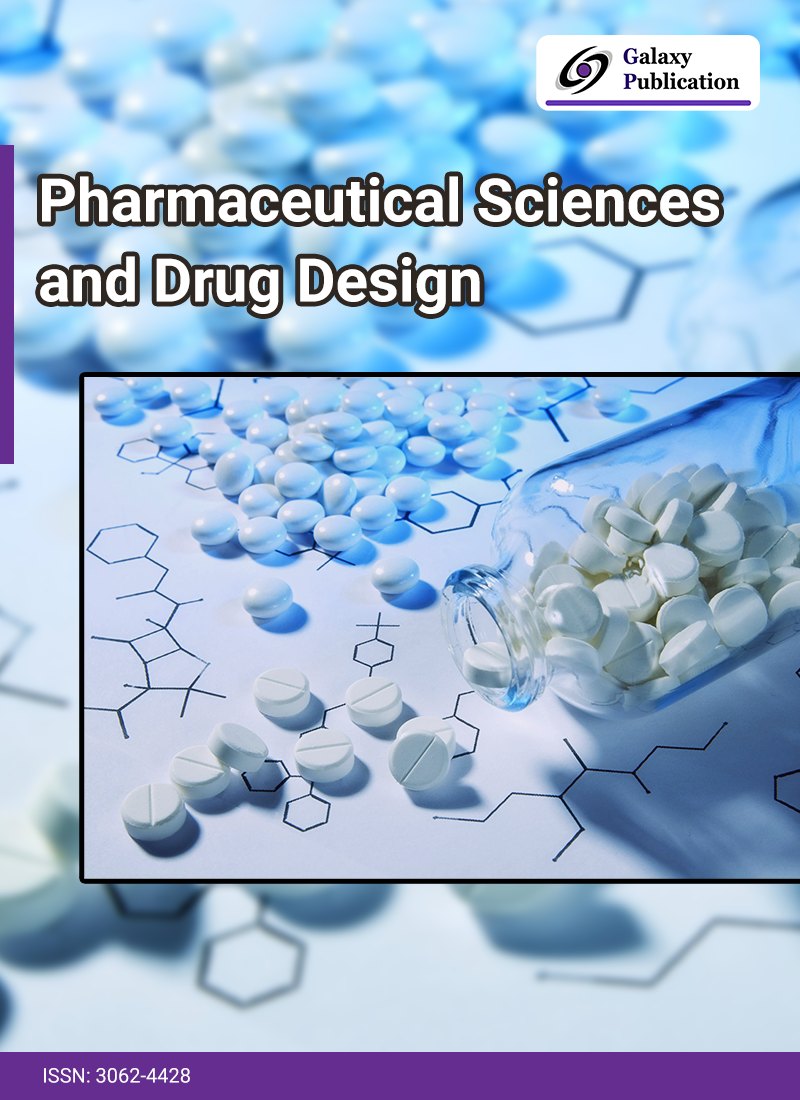
This research focuses on the development and validation of cyclophosphamide-loaded microspheres for drug delivery. Cyclophosphamide, which is widely used in cancer therapy and immunosuppression, was analyzed using a newly established method with water as a diluent. The maximum absorption wavelength (λmax) was identified at 263 nm. Various analytical parameters, including linearity, precision, accuracy, limits of detection, robustness, and ruggedness, were assessed. The drug showed linearity over the concentration range of 0.4–1.4 μg/mL, with a correlation coefficient of 0.999. The formulated microspheres showed 99.3% drug content. Recovery studies at 80%, 100%, and 120% confirmed accuracy, with values ranging between 99% and 100%. The precision analysis showed an % RSD value within the acceptable range (< 2), confirming the reliability of the method. Additionally, robustness and ruggedness assessments were performed at different wavelengths and by multiple analysts. This UV-spectrophotometric technique provides a reliable, cost-efficient, and time-saving approach for validating cyclophosphamide microspheres in pharmaceutical applications.